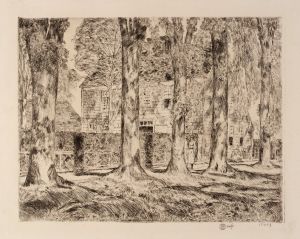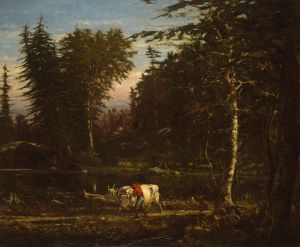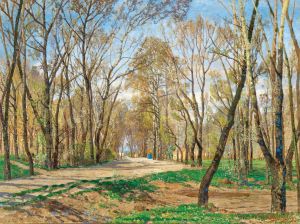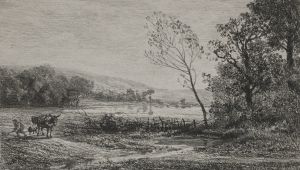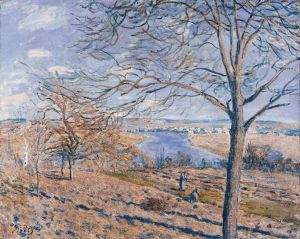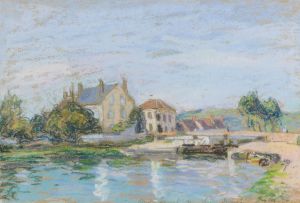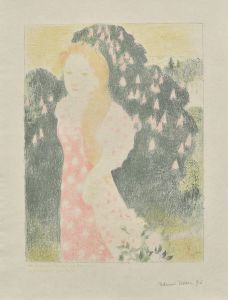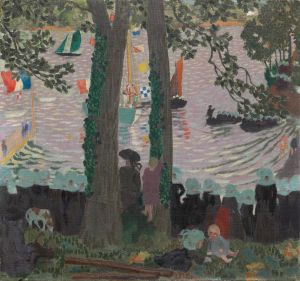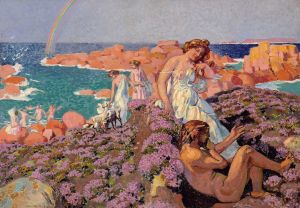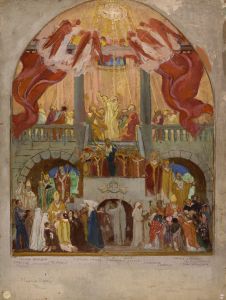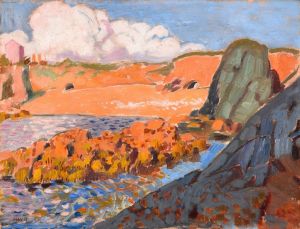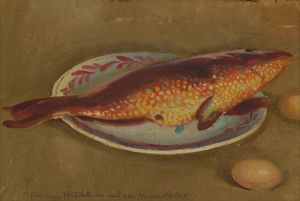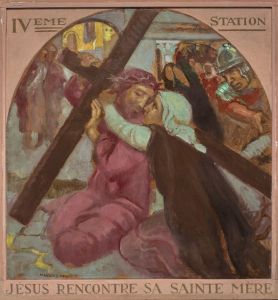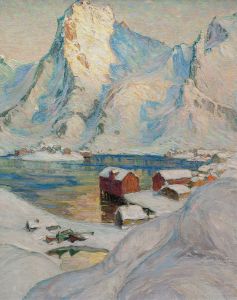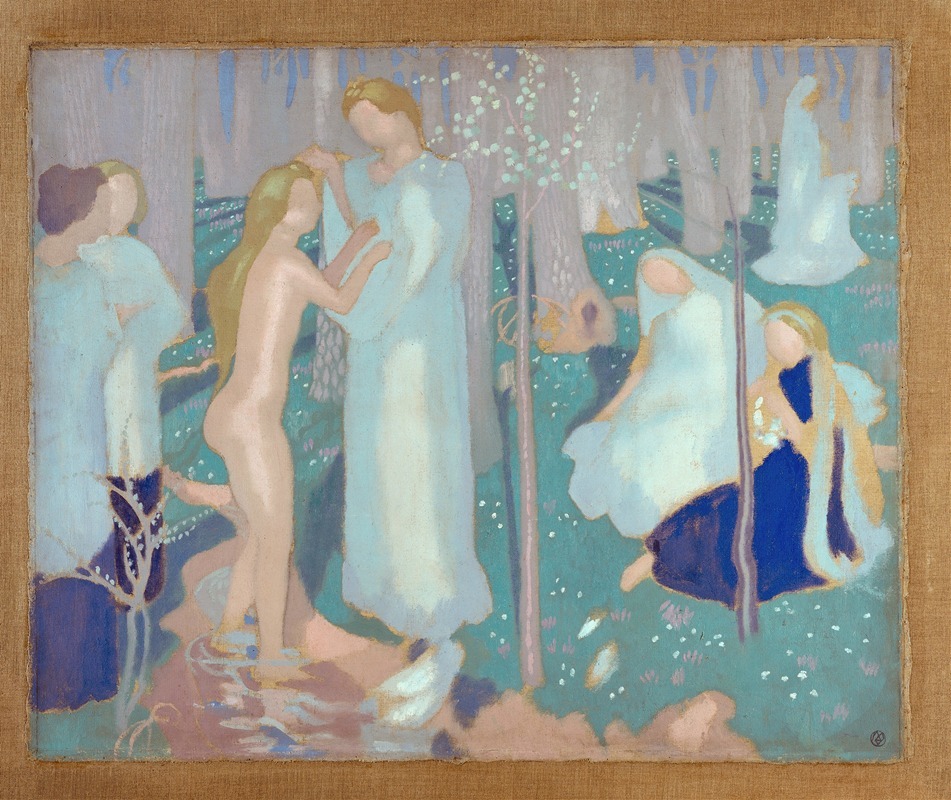
Springtime
A hand-painted replica of Maurice Denis’s masterpiece Springtime, meticulously crafted by professional artists to capture the true essence of the original. Each piece is created with museum-quality canvas and rare mineral pigments, carefully painted by experienced artists with delicate brushstrokes and rich, layered colors to perfectly recreate the texture of the original artwork. Unlike machine-printed reproductions, this hand-painted version brings the painting to life, infused with the artist’s emotions and skill in every stroke. Whether for personal collection or home decoration, it instantly elevates the artistic atmosphere of any space.
Maurice Denis, a prominent French painter and a key figure in the Symbolist and Nabi movements, created the painting "Springtime" in 1897. Denis was known for his theoretical writings on art and his role in the transition from Impressionism to modern art. His work often emphasized the importance of decorative elements and the spiritual aspects of art, which are evident in "Springtime."
"Springtime" exemplifies Denis's unique approach to painting, characterized by his use of bold colors, simplified forms, and a focus on the emotional and symbolic content of the subject matter. The painting reflects Denis's interest in capturing the essence of a scene rather than its realistic details, a hallmark of the Symbolist movement. This approach aligns with Denis's famous assertion that a painting is essentially "a flat surface covered with colors assembled in a certain order."
In "Springtime," Denis employs a harmonious palette that evokes the freshness and vitality of the season. The composition likely features figures in a pastoral setting, a common theme in Denis's work, which often depicted idyllic scenes of nature and domestic life. These elements are arranged in a way that emphasizes the decorative quality of the painting, with a focus on rhythm and balance rather than strict adherence to perspective or realism.
Denis's work during this period was heavily influenced by his involvement with the Nabis, a group of avant-garde artists who sought to break away from the naturalism of Impressionism. The Nabis were inspired by the flat planes and bold outlines of Japanese prints, as well as the expressive use of color found in the works of Paul Gauguin. These influences are evident in "Springtime," where Denis's use of color and form creates a sense of harmony and spiritual depth.
The painting also reflects Denis's interest in religious and mythological themes, which he often explored through allegorical representations. While specific details about the figures and setting in "Springtime" are not provided, it is likely that Denis intended to convey a deeper symbolic meaning related to renewal and rebirth, themes commonly associated with spring.
"Springtime" is a testament to Denis's ability to blend traditional subject matter with innovative techniques, resulting in a work that is both visually appealing and intellectually engaging. His emphasis on the decorative and symbolic aspects of painting had a significant impact on the development of modern art, influencing later movements such as Fauvism and Cubism.
Maurice Denis's contributions to art extend beyond his paintings; he was also an influential art theorist and writer. His ideas about the spiritual and decorative functions of art continue to resonate with artists and art historians today. "Springtime" remains an important example of Denis's work, illustrating his commitment to exploring the emotional and symbolic potential of painting.
In summary, "Springtime" by Maurice Denis is a notable work that captures the essence of the artist's style and philosophy. Through its use of color, form, and symbolism, the painting reflects Denis's innovative approach to art and his enduring influence on the trajectory of modern painting.





